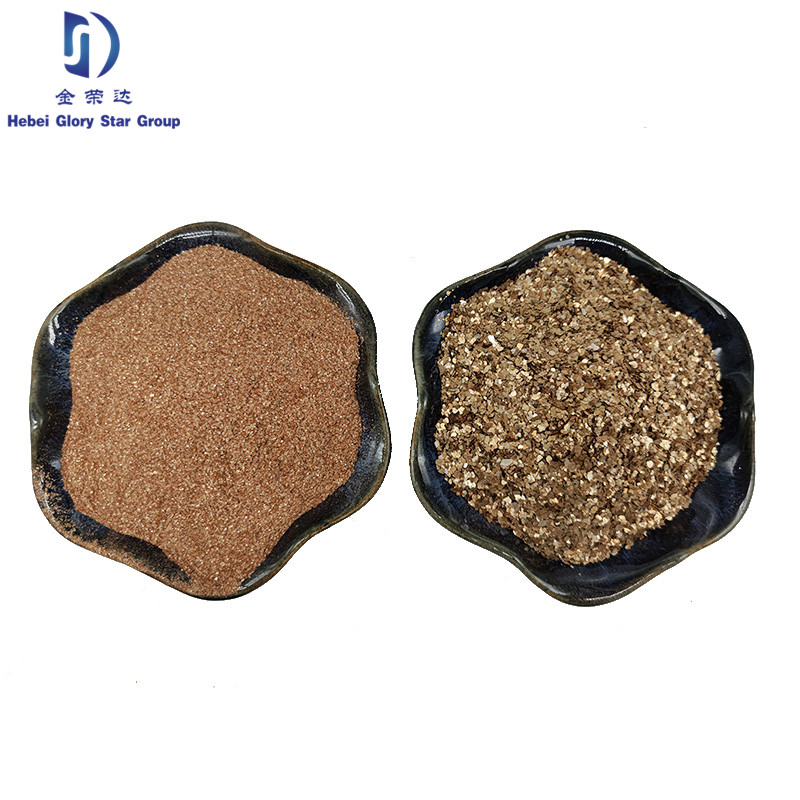
Welcome to the definitive resource on dehydrated mica, a critical performance-enhancing mineral engineered for the most demanding industrial environments. From advanced welding consumables to high-durability paints and specialized rubber compounds, dehydrated (or calcinated) mica offers unparalleled thermal, electrical, and chemical resistance. This guide explores everything from the intricate manufacturing process to its diverse applications, backed by technical data and real-world case studies.
Our premier product, Building Materials Dehydrated Mica Calcinated Mica, is the culmination of years of expertise and adherence to stringent ISO 9001 quality standards, delivering superior performance and reliability.
Explore Our Dehydrated Mica ProductsIndustry Trends: The Rising Demand for High-Performance Fillers
The global industrial minerals market is experiencing a significant shift towards high-performance, functional fillers. Industries like automotive, construction, and electronics are no longer seeking simple, inert fillers but materials that actively improve the final product's properties. Dehydrated mica is at the forefront of this trend. Market analysis projects the global mica market to grow at a CAGR of over 4.5% from 2023 to 2030, with the specialty and functional mica segment, including calcinated mica, growing even faster. This growth is driven by the need for materials that offer better heat resistance, improved durability, and enhanced electrical insulation in increasingly complex applications.
A key sub-trend is the optimization of materials like **mica in sand** for casting and foundry applications, where thermal stability and surface finish are paramount. The unique properties of dehydrated mica make it a superior alternative to standard sand or other minerals in these high-temperature processes.
From Raw Mineral to High-Tech Material: The Dehydrated Mica Process
The transformation of natural mica into dehydrated mica is a precise, multi-stage process designed to enhance its intrinsic properties. This is not merely drying; it's a high-temperature calcination process that fundamentally alters the mineral's structure for superior performance.
Our ISO 9001 Certified Manufacturing Workflow
1. Raw Material Selection
Sourcing high-quality muscovite or phlogopite mica ore with low impurity levels. Checked for lamellar structure and purity.
2. Crushing & Grinding
Ore is carefully crushed and ground to specific mesh sizes while preserving the essential flake-like (lamellar) structure.
3. Calcination (Dehydration)
The core step. Mica is heated in a rotary kiln to 800-1000°C. This removes crystalline water, increasing rigidity, heat resistance, and whiteness.
4. Sizing & Classification
Post-calcination, the material is air-classified to precise particle size distributions (e.g., 20 mesh, 60 mesh, 100 mesh) as per client requirements.
5. Quality Control & Packaging
Final product is tested for chemical composition, bulk density, and moisture content (less than 0.5%) before being packaged in durable, moisture-proof bags.
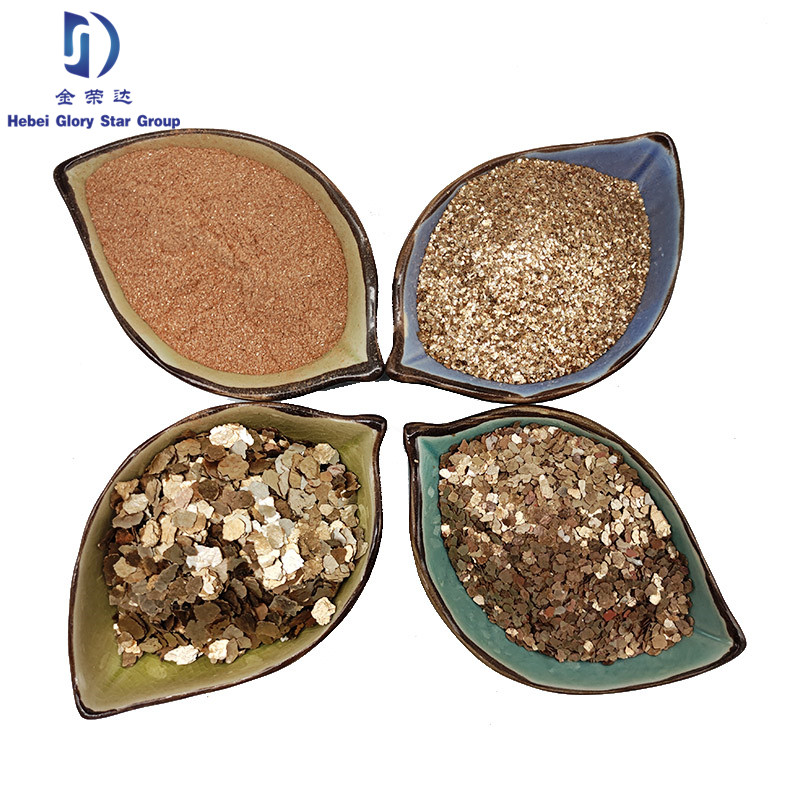
The Science of Calcination
Calcination is a thermal treatment process that induces phase transitions and removes volatile substances. In mica (e.g., Muscovite: KAl₂(AlSi₃O₁₀)(OH)₂), heating above 800°C drives off the hydroxyl (OH) groups as water vapor. This process, known as dehydroxylation, results in:
- Increased Hardness and Rigidity: The crystal lattice becomes more stable and less flexible.
- Enhanced Thermal Stability: The removal of water significantly raises the mica's melting and decomposition point.
- Improved Electrical Insulation: Lower water content leads to a higher dielectric strength and lower loss tangent.
- Whiter Color: The process burns off organic impurities and oxidizes iron, resulting in a brighter, whiter powder ideal for paints and plastics.
Technical Specifications of Our Dehydrated Mica
Data-driven decisions are crucial. Below is a comprehensive table outlining the typical technical parameters of our Building Materials Dehydrated Mica. We adhere to international testing standards like ASTM and ISO to guarantee consistency and performance.
| Property | Specification | Test Method | Benefit |
|---|---|---|---|
| Product Name | Building Materials Dehydrated Mica Calcinated Mica | - | Premium grade for diverse applications |
| Chemical Composition (SiO₂) | 45% - 55% | ISO 1248 | Provides structural integrity and chemical resistance. |
| Chemical Composition (Al₂O₃) | 28% - 35% | ISO 1248 | Contributes to refractory properties and hardness. |
| Particle Size (Mesh) | 20, 40, 60, 100, 200, 325 (Customizable) | ASTM D1514 | Tailored for specific applications (e.g., texture in paint, reinforcement in plastic). |
| Bulk Density (g/cm³) | 0.3 - 0.5 | ASTM D1895 | Low density for lightweight composites and coatings. |
| Moisture Content | ISO 787-2 | Crucial for preventing defects in polymers and coatings. | |
| Calcination Temperature | > 850°C | Internal SOP | Ensures complete dehydroxylation for maximum performance. |
| Whiteness | > 75% | ISO 2470 | Provides a clean, bright filler for aesthetic applications. |
| Dielectric Strength | > 20 KV/mm | ASTM D149 | Superior electrical insulation for electronics and cables. |
| pH Value | 7.0 - 8.5 | ISO 787-9 | Chemically neutral, ensuring compatibility with various binders and resins. |
Performance Analysis: A Visual Comparison
To better illustrate the advantages of our dehydrated mica, we've created a series of charts comparing its key performance indicators against standard fillers and showcasing its wide range of applications.
Performance Boost: Dehydrated Mica vs. Standard Fillers
Primary Application Distribution
- Welding Rods (35%)
- Paints & Coatings (25%)
- Rubber & Plastics (20%)
- Foundry & Casting (15%)
- Other (5%)
Unlocking Performance: Key Advantages and Applications
The unique lamellar (plate-like) structure of mica, combined with the enhancements from calcination, makes dehydrated mica a powerful, multi-functional additive across various industries.
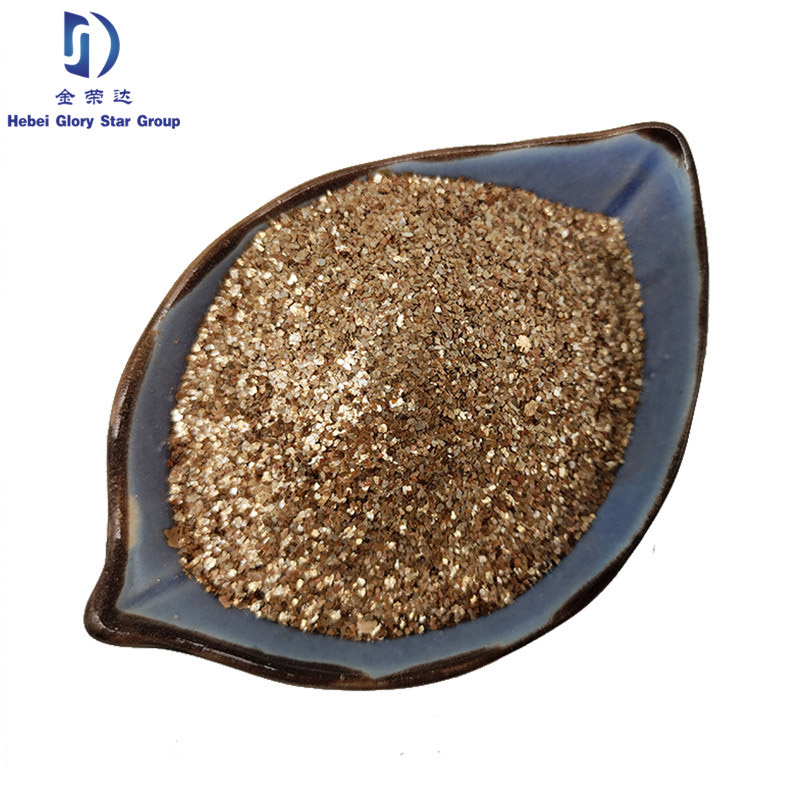
Application Spotlight: Welding Electrodes
In welding rods, dehydrated mica is indispensable. When used in the flux coating, it provides several key benefits:
- Arc Stabilization: It helps to control the arc, ensuring a smoother and more stable welding process.
- Slag Formation: It creates a fluid but viscous slag that protects the molten weld pool from atmospheric contamination (oxidation), which is critical for weld strength.
- Easy Slag Removal: The resulting slag is brittle and easy to chip off after cooling, reducing cleanup time.
- Reduced Porosity: By shielding the weld, it significantly reduces the risk of porosity, a major cause of weld failure.
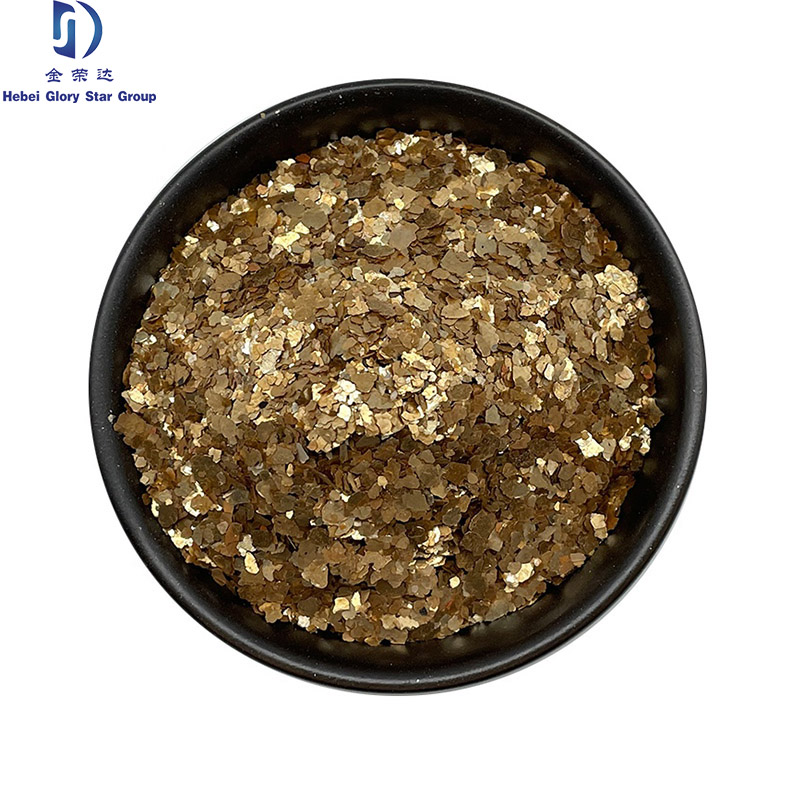
Application Spotlight: High-Performance Paints & Coatings
As a functional filler in paints and coatings, dehydrated mica acts as more than just a bulking agent. Its plate-like particles align parallel to the substrate, creating a physical barrier that improves:
- Corrosion Resistance: The layered barrier significantly slows the ingress of water and corrosive agents, extending the life of metal substrates. This is a form of "tortuous path" protection.
- UV Degradation Resistance: Mica is inherently UV opaque, protecting the polymer binder from breaking down under sunlight, thus preventing chalking and fading.
- Crack Prevention: The flakes add flexibility and dimensional stability to the paint film, reducing the tendency to crack with temperature changes.
- Matte Finish: It can be used to control the sheen of the paint, providing a desirable matte or satin finish.
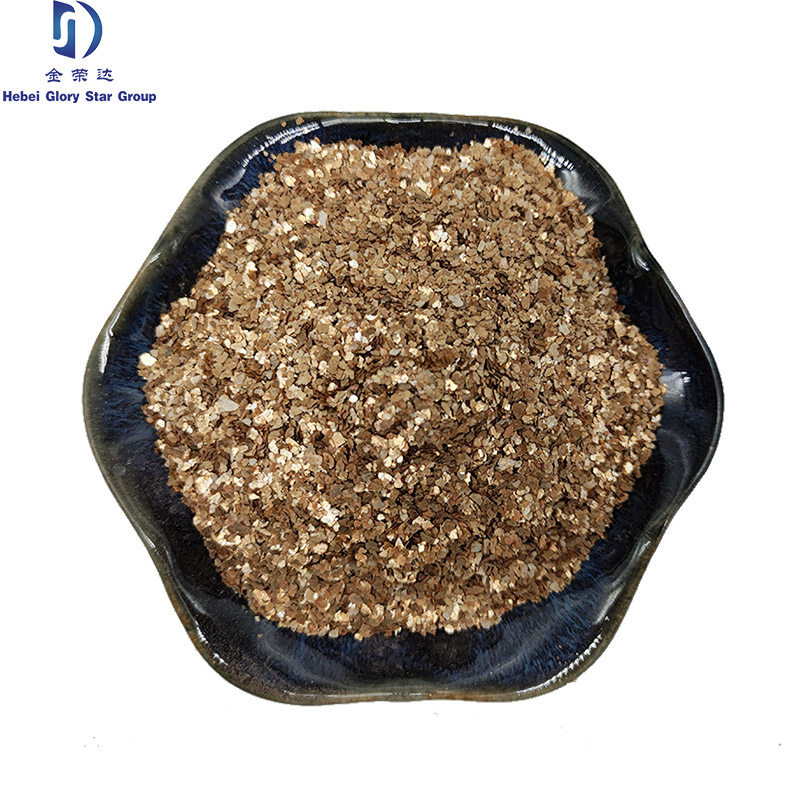
Application Spotlight: Rubber and Plastics
In the polymer industry, dehydrated mica serves as a high-aspect-ratio reinforcing filler. Its benefits include:
- Increased Stiffness & Modulus: The rigid flakes significantly increase the stiffness (flexural modulus) of the polymer composite.
- Improved Heat Deflection Temperature (HDT): It helps the plastic part retain its shape at higher temperatures, crucial for automotive under-the-hood components.
- Reduced Warpage and Shrinkage: The lamellar structure provides isotropic reinforcement, leading to more dimensionally stable molded parts.
- Enhanced Barrier Properties: In applications like seals and gaskets, it reduces the permeability of gases and liquids.
Choosing the Right Partner: Glorystar Export vs. The Competition
Not all dehydrated mica is created equal. The source of the raw mineral, the precision of the calcination process, and the rigor of quality control are what separate a premium product from a standard commodity. Here’s how we stand out:
| Feature | Glorystar Export Dehydrated Mica | Standard/Generic Mica |
|---|---|---|
| Quality Certification | ISO 9001:2015 Certified Process | Often non-certified or inconsistent |
| Calcination Control | Precision temperature control (>850°C) for complete dehydroxylation | Inconsistent heating, potential for incomplete processing |
| Purity & Whiteness | High purity, >75% whiteness guaranteed | Variable color and purity, may contain impurities affecting performance |
| Particle Size Consistency | Advanced air classification for tight particle size distribution | Wide distribution, leading to inconsistent product performance |
| Technical Support | Expert consultation for application-specific formulation | Limited to basic sales support |
| Customization | Custom particle sizes and surface treatments available | Standard grades only |
Customized Solutions & On-Time Delivery
We understand that every application is unique. Our team of material scientists and engineers works directly with clients to develop customized dehydrated mica solutions. Whether you need a specific particle size distribution to achieve a desired surface texture, a surface-treated mica for enhanced bonding with a polymer matrix, or a blend with other minerals, we have the capability to deliver.
- Custom Particle Sizing: From coarse 20 mesh to ultra-fine 325 mesh and beyond.
- Surface Treatments: Silane or titanate coupling agents for improved polymer compatibility.
- Flexible Packaging: From 25kg bags to 1-ton super sacks to meet your production needs.
- Global Logistics: With over 15 years of export experience, we guarantee reliable and timely delivery worldwide. Typical lead time is 15-20 days from order confirmation.
Application Case Study: Automotive Coatings Manufacturer
"We switched to Glorystar's dehydrated mica for our new line of anti-corrosive primers. The consistency of the particle size and the high purity allowed us to significantly improve our salt spray test results (ASTM B117) by over 400 hours. The technical support team helped us optimize the loading level, which reduced cracking and improved overall durability. Their product is now a standard component in our premium formulations."
- Head of R&D, Major European Coatings Supplier
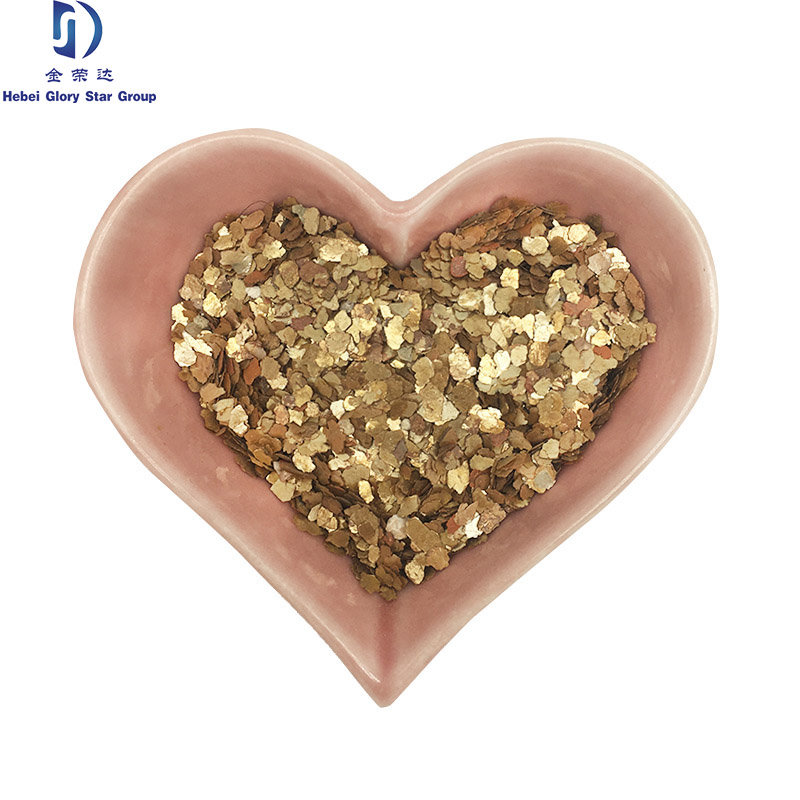
Frequently Asked Questions (FAQ)
The primary difference lies in the manufacturing process and resulting properties. Natural mica contains crystalline water (hydroxyl groups) in its structure, making it more flexible. Dehydrated mica, also known as calcinated mica, has been heated to over 800°C to remove this water. This process makes the mica flakes harder, more rigid, more thermally stable, and a better electrical insulator, tailoring it for high-performance industrial applications where these properties are critical.
Mesh size refers to the particle size of the mica powder. It's determined by the number of openings per linear inch of a screen. A higher mesh number indicates a smaller particle size. For example, 60 mesh powder has larger particles than 100 mesh powder. The choice of mesh size is critical for the application: coarser grades (e.g., 20-40 mesh) are used for textured paints and foundry applications, while finer grades (e.g., 200-325 mesh) are used for reinforcing plastics and creating smooth-finish coatings.
It improves corrosion resistance through a mechanism called the "tortuous path." The flat, plate-like mica particles overlap within the paint film, creating a multi-layered physical barrier. This barrier forces water, oxygen, and corrosive ions to travel a much longer, more difficult path to reach the metal substrate. This significantly slows down the corrosion process, extending the protective life of the coating far beyond what the resin alone could provide.
Yes, dehydrated mica is a stable, non-toxic, and inert mineral. It is considered safe for industrial use. However, like any fine powder, it is recommended to use appropriate personal protective equipment (PPE), such as dust masks (e.g., N95) and safety glasses, during handling to avoid inhalation of airborne dust and eye irritation. We provide a Material Safety Data Sheet (MSDS) with all our products, detailing handling and safety procedures.
Aspect ratio is the ratio of the average diameter of a mica flake to its average thickness. High aspect ratio is a key feature of mica. In reinforcement applications (like plastics and rubber), a high aspect ratio means the flakes provide a larger surface area for stress transfer, leading to significant improvements in mechanical properties like stiffness, strength, and heat deflection temperature, even at low loading levels.
Our entire manufacturing process, from raw material sourcing to final packaging, is governed by our ISO 9001:2015 certified quality management system. We conduct rigorous testing on every batch, adhering to international standards such as ASTM for physical properties (like bulk density and particle size) and ISO for chemical composition and optical properties (like whiteness). This ensures that every shipment meets the exact specifications promised to our clients.
Absolutely. Dehydrated mica is an excellent additive or replacement for conventional sand in certain foundry and casting applications. Its high thermal stability prevents it from breaking down at molten metal temperatures. When used as a mold wash or core coating, it creates a smooth, non-stick surface, resulting in a better surface finish on the final casting and easier mold release. Its lamellar structure also helps to prevent metal penetration and casting defects.
Industry References & Further Reading
Our commitment to excellence is grounded in scientific principles and industry best practices. For those interested in a deeper technical understanding, we recommend the following resources:
- Industrial Minerals Association - North America (IMA-NA): Provides extensive information on the properties and applications of mica. A relevant publication is their "Mica User’s Guide." Visit IMA-NA Mica Page.
- Journal of Materials Science: Scholarly articles often discuss the role of lamellar fillers like mica in polymer composites. A search for "mica reinforcement polymer composites" can yield detailed studies on mechanical property enhancements.
- "The role of mica in welding electrode coatings: A review" - Welding International Journal: While a specific article may be behind a paywall, literature in this journal frequently covers the critical function of flux components, where dehydrated mica plays a key role in slag formation and arc stability.
- PCI (Paint & Coatings Industry) Magazine: An excellent resource for understanding the use of functional fillers in modern coatings. Articles often detail how minerals like mica improve durability and performance. Visit PCI Magazine.
Post time: Aug-06-2025
This is the first article


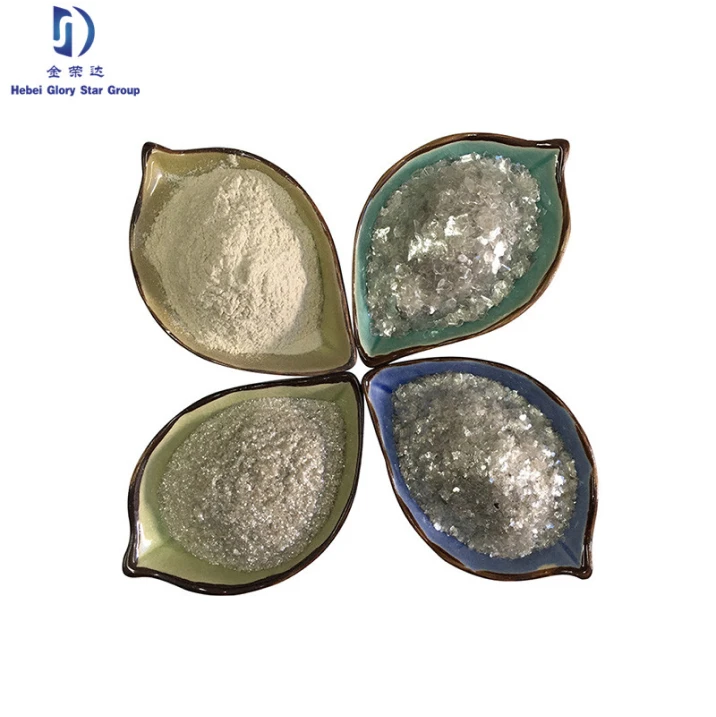
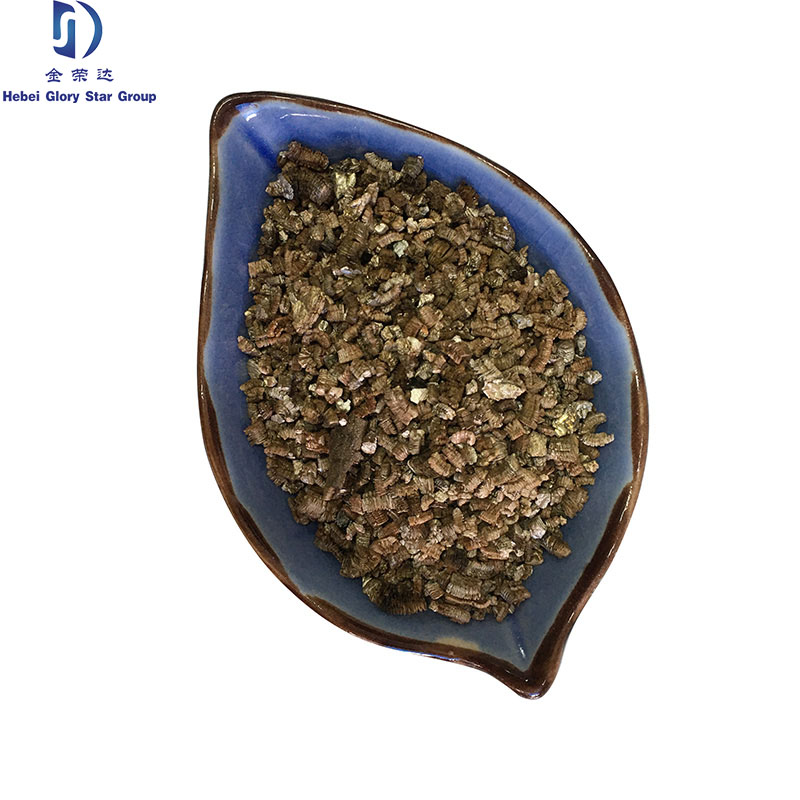
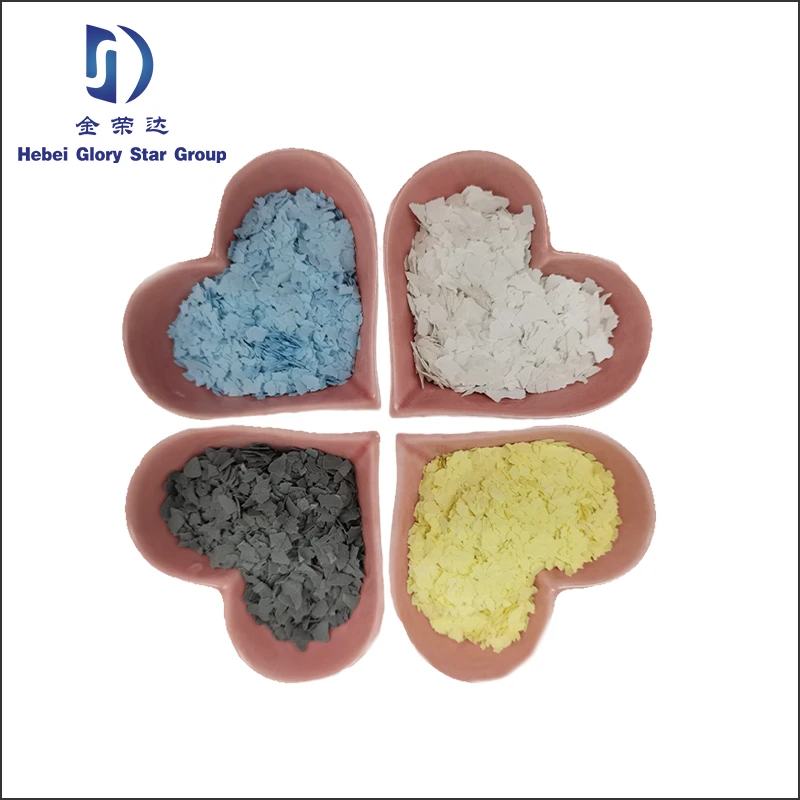
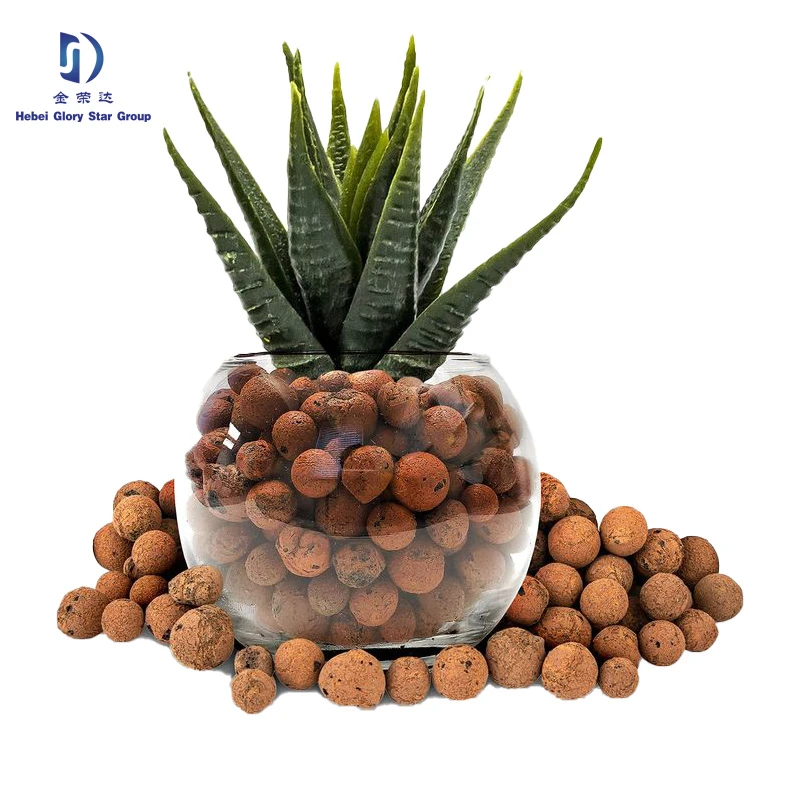
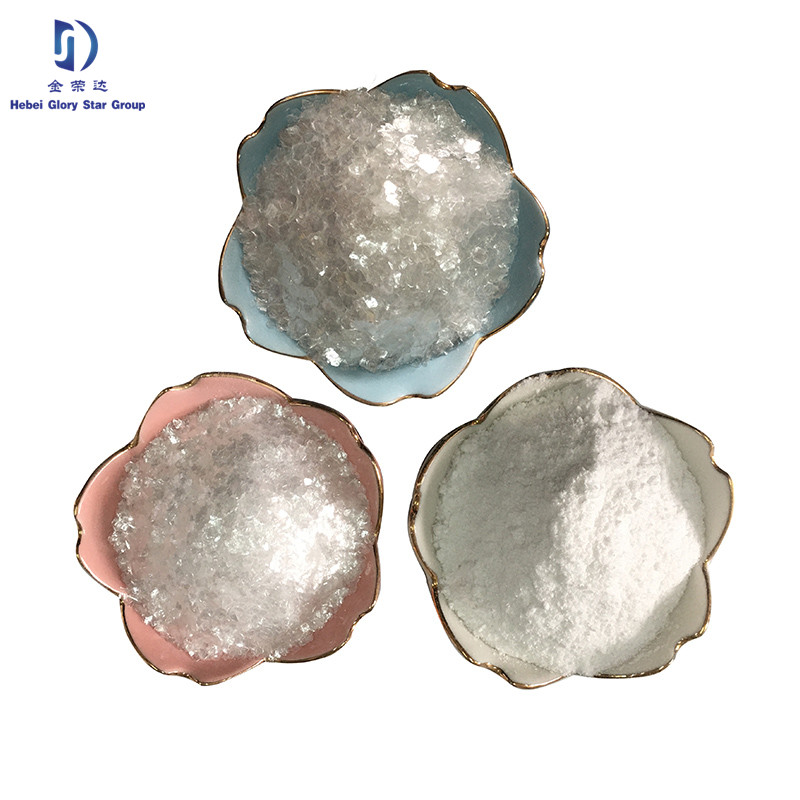
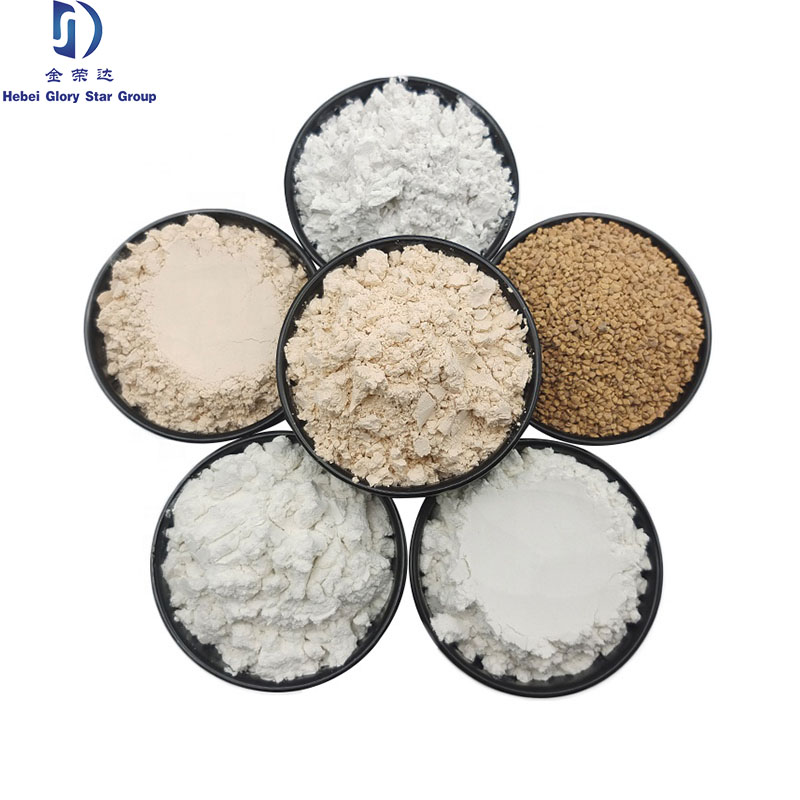
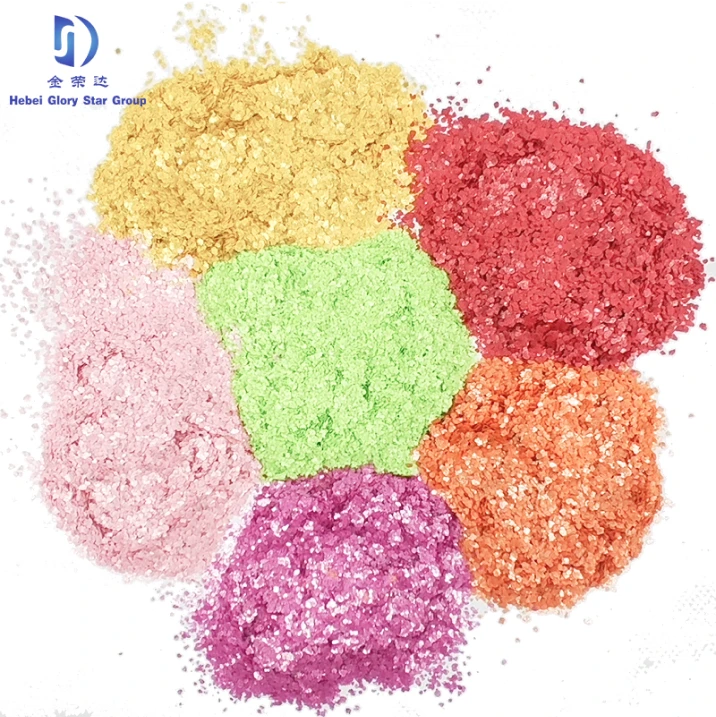
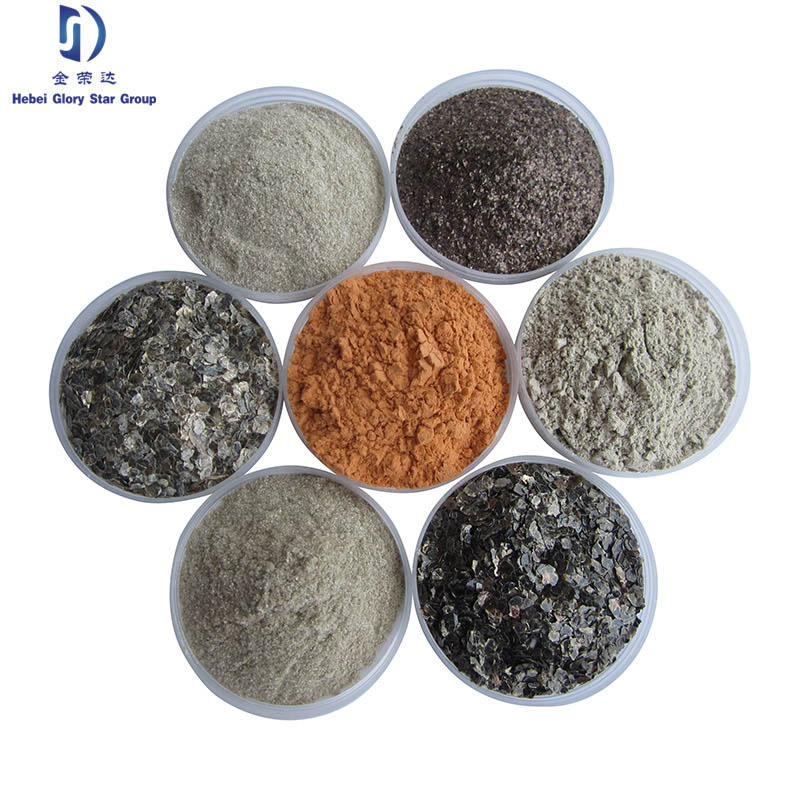
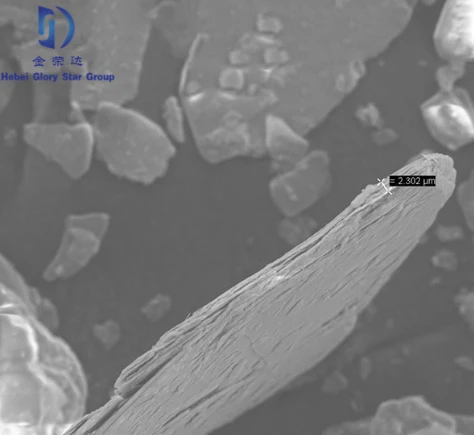
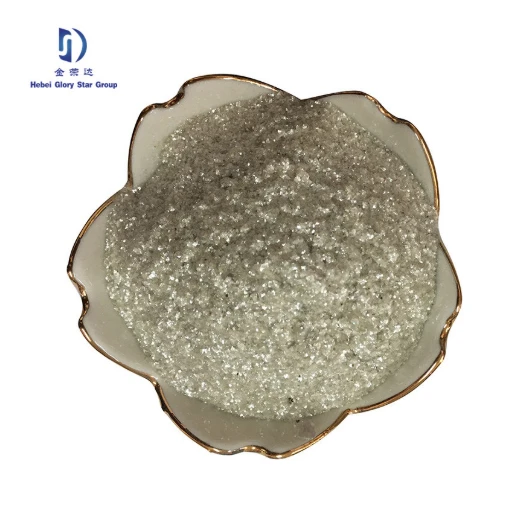
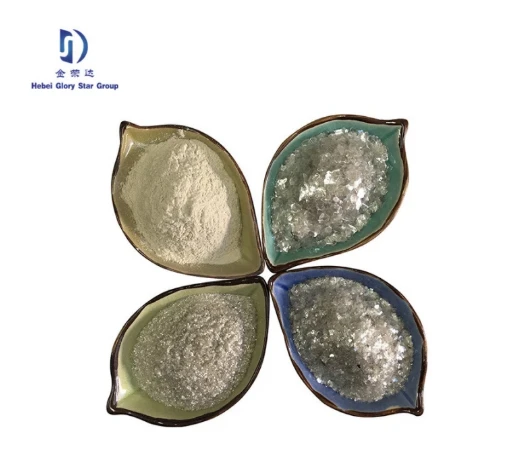
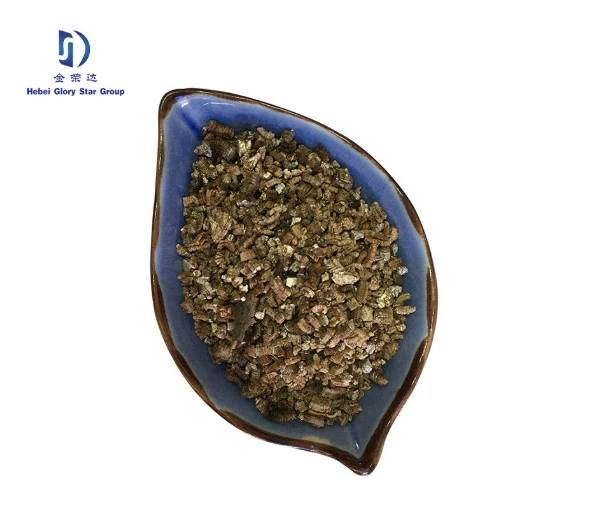
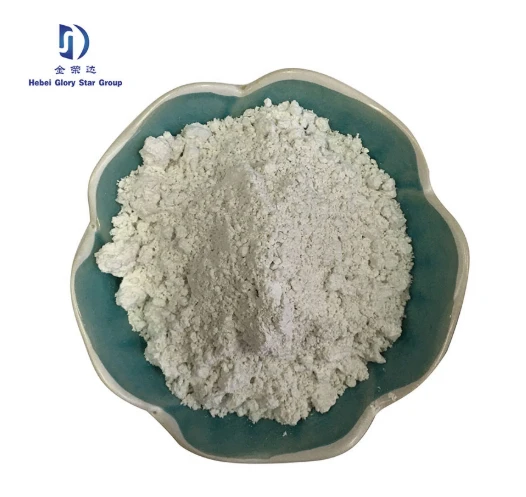
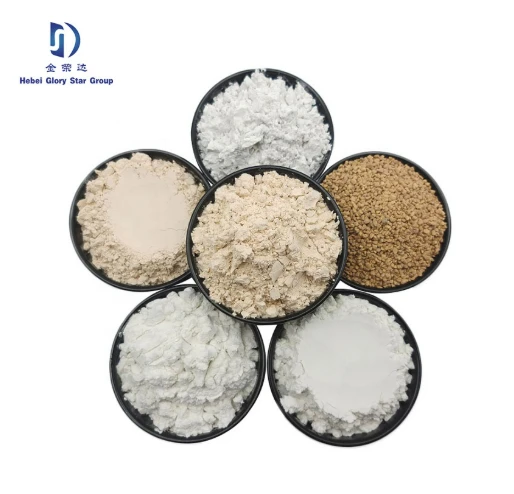
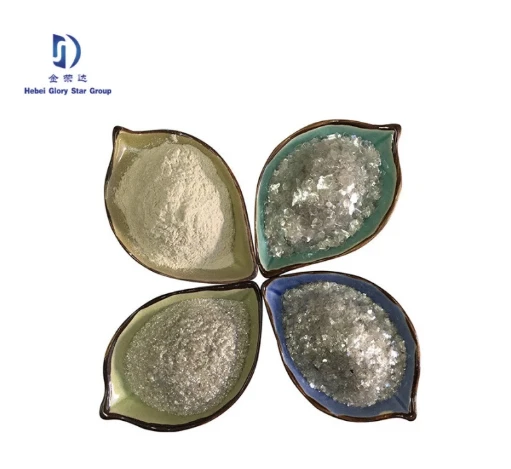
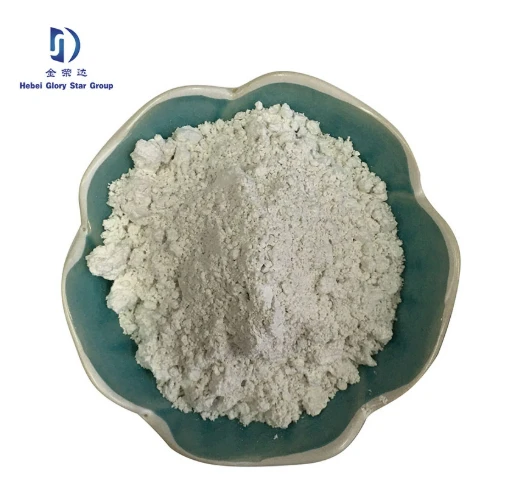
.png)









